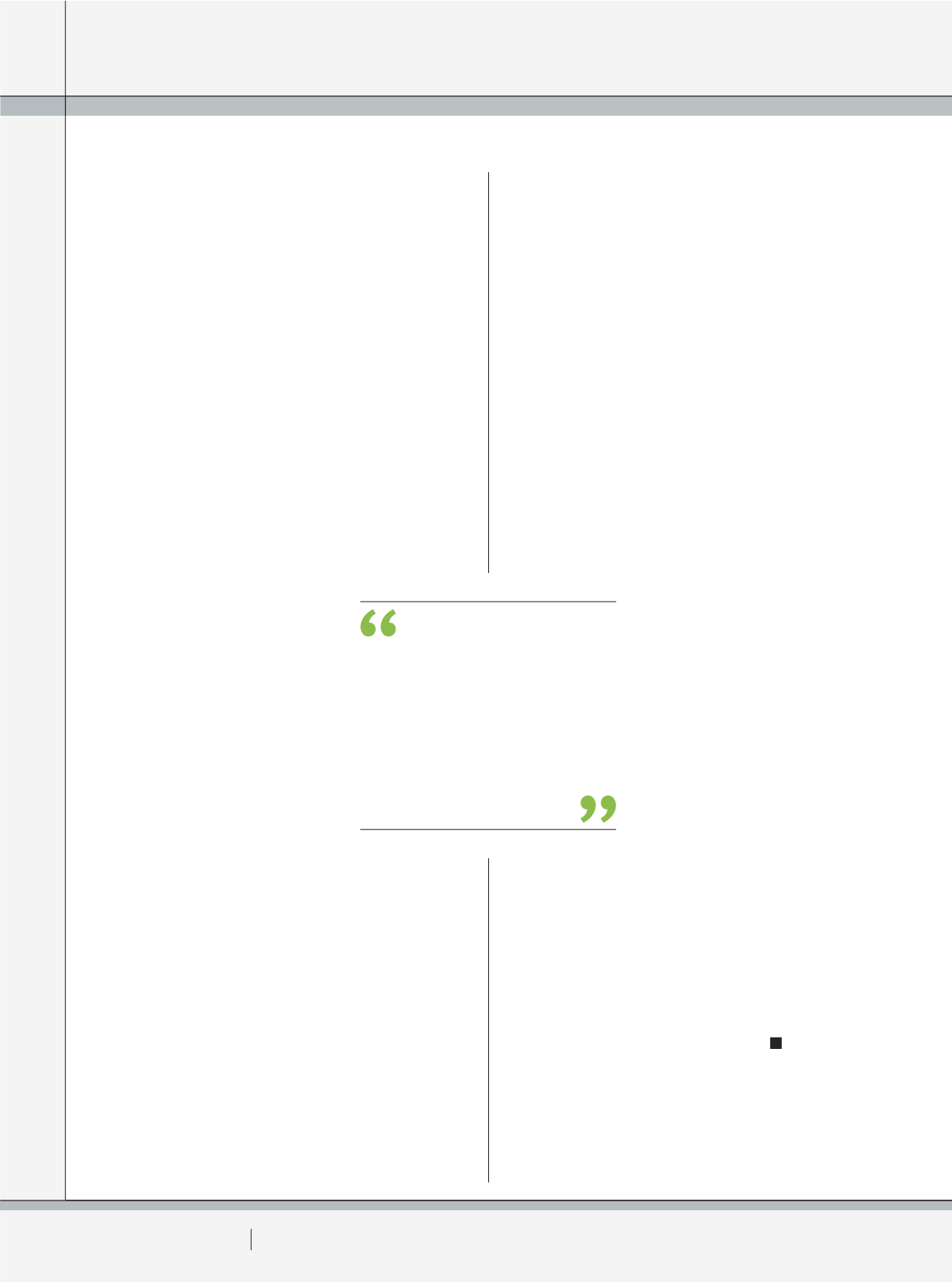

2 6
PLUMBING CONNECTION
SPRING 2015
instead. In disputes around defective work or damage, take a
pile of photos right there and then. If possible, have the work
inspected by an expert who can prepare a report shortly after.
Often disputes around defective work occur months before
a payment dispute. Only then does the client raise the defect
as a reason for non-payment. If the contractor can produce
photos and reports about the work from the actual time, this
is excellent evidence as to what was or was not defective.
I recently prepared an application where the respondent
refused to pay by alleging that much of the fitted equipment
was damaged by the contractor. However, the contractor
had taken so many photos at the time, together with a
detailed report, that clearly showed that the damage
was caused by another trade. This type of evidence was
impossible to argue with and the contractor got paid.
SITE DIARY (TIME REQUIRED: 60 - 90 SECONDS)
A site diary is useful because it typically captures a whole
raft of information. Besides details of work done or directed,
it also records weather, any delay details, conversations,
staff onsite/offsite and more. This is a single record of
each day that can take as much
information as you want to include. If
you can make completing a site diary
page a daily habit then you will be
able to produce evidence regarding
the dispute. Further, if you can show
that this has been a daily habit for a
long time, the weight given to your
site diary as evidence will drastically
increase.
EMAILS/FAXES (TIME REQUIRED: UP
TO 20 MINUTES)
Any project will leave behind it
a paper-trail of faxes, letters and
emails. Keep all of these in a file in chronological order.
They can show what happened and when. Furthermore,
if a dispute comes up onsite make sure you confirm the
details in a fax to your client that day. Remember, verbal
recollections of events aren’t worth the paper they’re
written on.
MINUTES OF MEETINGS (TIME REQUIRED: UP TO 30 MINUTES)
Site meetings occur regularly on most projects, especially
meetings that are supposed to resolve disputes. Most times
the client will not provide any record of the meeting, what
was promised or agreed. So this is the contractor’s chance
to step into that void. There is nothing stopping you from
writing up your own record/minutes of the meeting and
sending them to the client. Again you are creating a record
of events and undertakings that can be useful evidence in
the future.
RECONCILIATIONS RULE
This is the most common weakness in contracting
payment practices: very few of you prepare a proper
reconciliation of what you are owed each month. That is
nuts. Amazing as it may seem, many contractors don’t
actually know what they are owed. Every month your claims
must show the breakdown of full work value, variation value,
other amendments and the paid-to-date. Again, too many
contractors are concerned with the ‘certified-to-date’
instead. You can’t pay your bills with ‘certified payments’! A
good reconciliation will show you your paid amount so you
know exactly what remains ‘unpaid’.
Payment Mastery has a complete video taking you
through the reconciliation process; making it easy to follow.
It also provides a completed reconciliation spreadsheet
template to use each month. That way every outstanding
dollar can be identified.
THE POWER OF PAPERWORK
The power of good paperwork lies in its credibility and
the weight that a court or adjudicator will place on it. Good
paperwork very often beats hearsay,
statutory declarations, someone’s
recollections and will often catch out
‘invented’ evidence. Good paperwork
is very hard to argue with and provides
adjudicators with sound material upon
which to make their decisions about
what actually happened in the dispute.
Good paperwork helps you prove and
support your case for payment.
SOWHAT DOES ALL THIS MEAN FOR
ME?
It means you should start to get
very excited about keeping great
paperwork. Take a look at the estimated time you need to
invest. Most of the time it would not reach 10 minutes a day.
Now is 10 minutes a day worth it to protect your ability to
recover payment and settle payment disputes? Of course it
is.
Never again will you rely on your word against the client’s.
There will be overwhelming evidence on your side.
Make paperwork a daily habit right now, and rejoice while
you’re doing it. Don’t see it as red tape; see it as money in
the bank because that’s exactly what it is.
Anthony Igra is the General Manager of Contractors Debt
Recovery
www.contractorsdebtrecovery.com.auPayment Mastery
www.electricalconnection.com.au/paymentmasteryCOVER STORY:
DEBT RECOVERY
THE POWER OF GOOD
PAPERWORK LIES
IN ITS CREDIBILITY
AND THE WEIGHT
THAT A COURT OR
ADJUDICATOR WILL
PLACE ON IT.
















